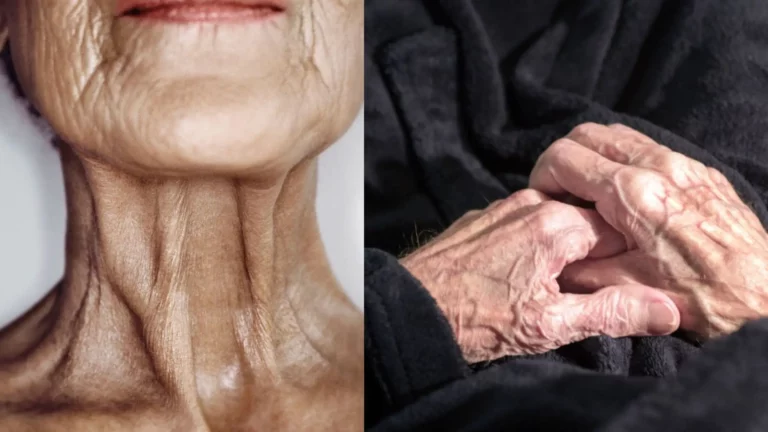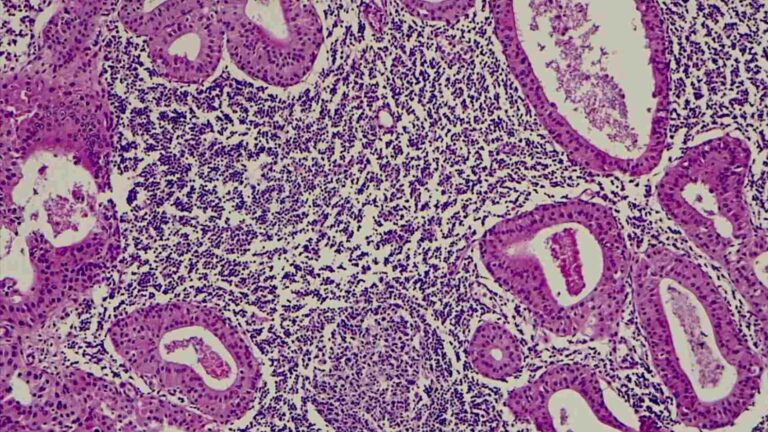Study Reveals Exercises Can Reduce Period Symptoms
Nowadays people are more concerned about their physical appearances rather than their health. And while compared with men, women are most likely to have more such concerns.
Study Reveals Exercises Can Reduce Period Symptoms
From several studies, it is revealed that women are significantly reported to do higher exercise and quality of life levels than men. Women reported more exercising for weight loss and toning than men, while men reported more exercising for pleasure than women. The reason for exercising was more predictive of women’s quality of life than exercise. For men, exercise was the best predictor of quality of life. Ultimately, exercise is not conducive to a woman’s quality of life under all conditions.

Women who are exercising regularly are most likely to have exercised on their periods and might have noticed increased fatigue or decreased performance, especially before the onset of menstruation and during the first few days of their menstruation.
Will exercise reduce symptoms of periods?
Exercising regularly is good for better health, but you should take a step back during your periods, and that is understandable. Many women experience symptoms such as headaches, fatigue, bloating, and cramps, which make exercising more difficult and less attractive. But if you can do it, staying active can actually help reduce these symptoms. Knowing which exercise can help relieve some of these symptoms you experience during your period can help you stay active if you want. There are also hormonal changes and certain benefits of doing some exercises during this time of the month. But if you experience any symptoms either physical or psychological while doing this, be sure to contact your healthcare provider.
The first day of menstruation is considered the first day of the cycle. For an average 28-day cycle, ovulation is usually day 14, divided into the follicular phase before ovulation and the luteal phase after ovulation. During menstruation, the hormones progesterone and estrogen are at the lowest point in the cycle and this change can cause lethargy and lack of motivation.
The menstrual cycle may vary according to each individual and likewise, the symptoms may also vary accordingly. Few people may experience fatigue or other side effects before or during your period. And some others may experience even worse effects that make even daily tasks difficult. Possible side effects you may experience include reductions in endurance and stamina that can significantly affect performance during your training. Several other symptoms like cramps, bloating, fatigue, and headaches can interfere with both the will and pleasure of exercise.
During periods, it is better to choose low-intensity activities that focus on form rather than maximal effort and performance may help relieve some symptoms. This is true regardless of the physical symptoms, as mood swings and motivation can also be weakened. If you regard yourself and don’t feel like working, take a break from more strenuous activity.
But avoiding exercise doesn’t save you energy or make you feel better. Instead of stopping all activities during your period, try a new workout this week. There are several benefits of exercising during your periods like reducing PMS symptoms, utilizing endorphins, experiencing more power and strength, enhancing mood, and restraining painful periods.
Several studies show contradictory results about how the menstrual cycle affects training aspects such as output, fatigue time, and strength. Researchers emphasize that it is best to adjust training to individual needs, as every individual’s menstruation feels different. Most studies examine the difference between the luteal phase and the follicular phase. Many people will start to feel more energetic and stronger within the first three days of menstruation and they should increase the intensity of their workouts.





